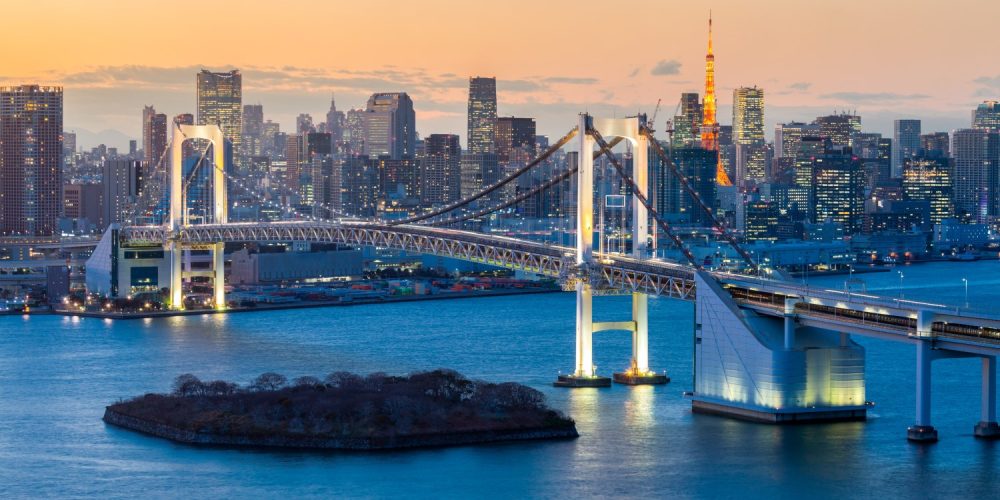
Tokyo is the capital of Japan and one of the most densely populated cities in the world. It is remarkably clean, with no clutter anywhere to be seen. The streets are pristine and even the smoking areas are carefully maintained. Graffiti is virtually non-existent and the city exudes a sense of order and cleanliness. Adapted to the dense population, it has a compact architecture. The buildings in Tokyo are neat, compact and functional. The cityscape seamlessly blends modern skyscrapers with traditional temples and shrines. Each structure serves a purpose and contributes to the efficient design of the city. Tokyo has an abundance of themed cafes, from cat cafes to robot restaurants. These eccentric establishments add to the city’s charm and provide delightful experiences for locals and visitors alike. Tokyo surprises you with unexpected moments: a traditional festival around the corner, a bustling street market or a serene temple garden in the middle of the urban hustle and bustle. It is a ‘Fashion Forward’ city. Harajuku, an enclave in Tokyo, epitomizes unique fashion. From quirky street styles to avant-garde outfits, Tokyo’s fashion scene is a kaleidoscope of individual expression. Sundays are perfect for people watching and enjoying this sartorial spectacle. In summary, Tokyo is a fascinating mix of tradition, innovation and individuality – a city that invites you to lose yourself in its fascinating contradictions and hidden gems.
Tokyo: A Vibrant Metropolis
Tokyo, the bustling capital of Japan, is a captivating blend of tradition and modernity. As of 2024, Tokyo’s estimated population stands at an impressive 37,115,035 people. Back in 1950, it was home to 11,274,641 residents. The city has grown significantly over the years, making it one of the most populous metropolitan areas globally.
Tokyo’s city metropolis covers approximately 2,187.66 square kilometers (844.66 square miles). However, when we consider the broader urban sprawl, it extends to a whopping 13,572 square kilometers (5,240 square miles). That’s quite an impressive sprawl! The population density in Tokyo is high, with around 6,224.66 people per square kilometer (16,121.8 residents per square mile).
Districts and Neighborhoods
Tokyo is a patchwork of diverse districts, each with its own character, attractions, and activities. Let’s explore some of the major ones:
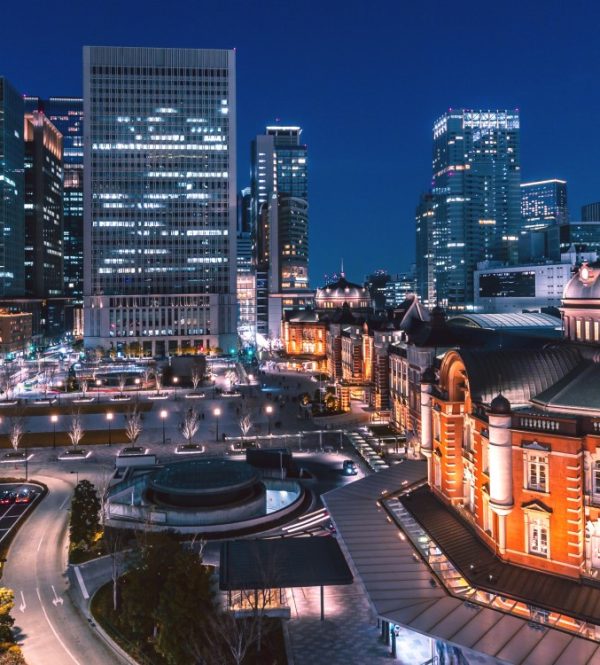
1. Tokyo Station Area and Marunouchi
This is where most visitors arrive. Nearby Marunouchi offers excellent restaurants and two museums.
[FURTHER READING]
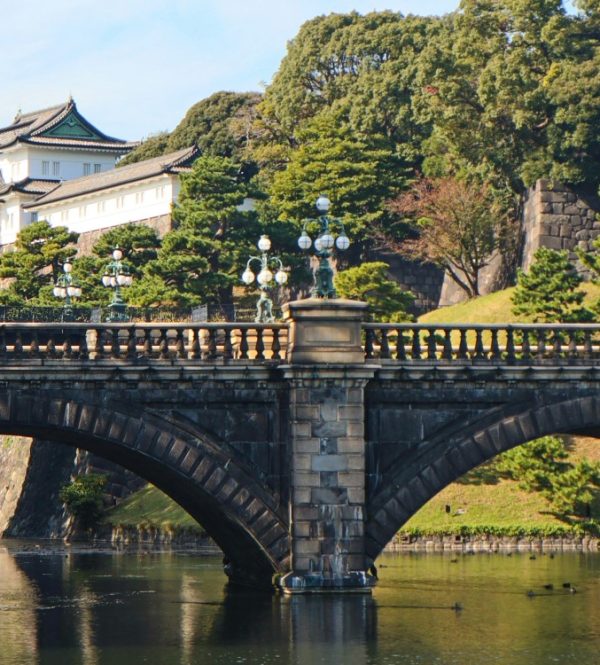
2. Imperial Palace Area
A green oasis surrounded by parks, gardens, and shrines.
[FURTHER READING]
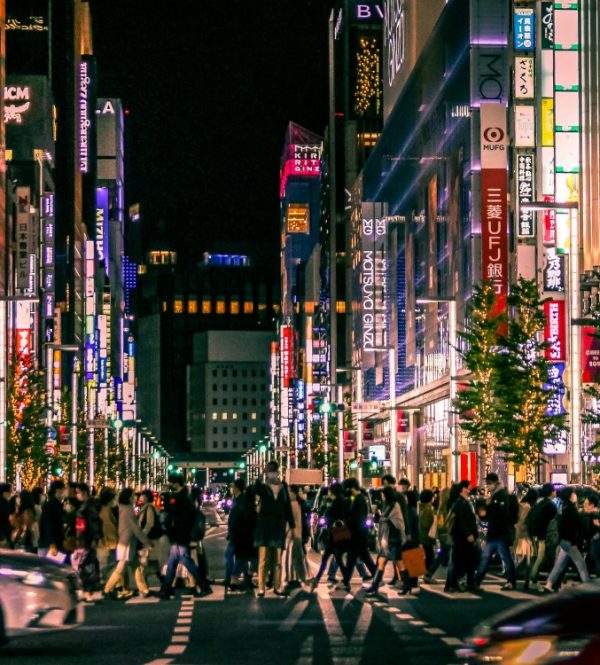
3. Ginza
Tokyo’s first Western-style shopping district, known for its department stores and great dining options.
[FURTHER READING]
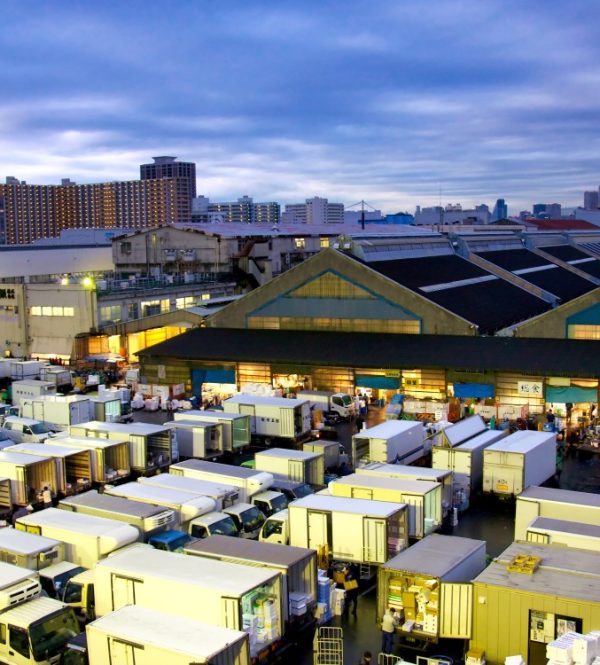
4. Tsukiji
Home to the famous Tsukiji Fish Market and fantastic sushi restaurants.
[FURTHER READING]
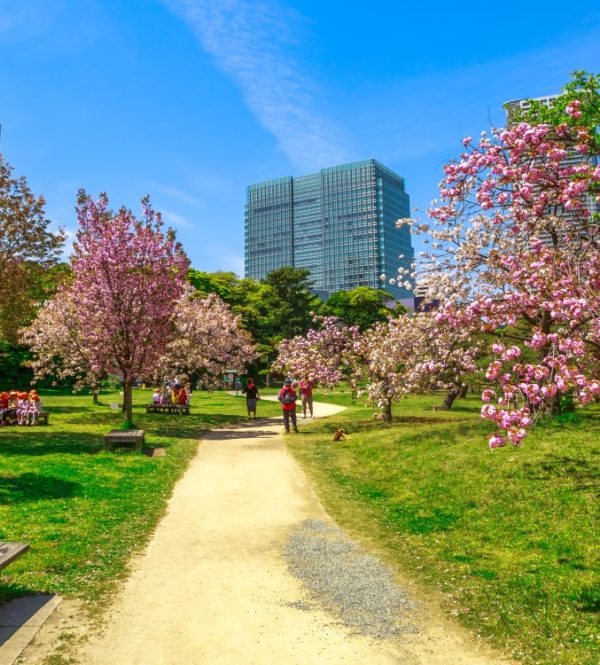
5. Shimbashi, Shiodome, Hamamatsucho, and Shinagawa
Working districts with interesting gardens, parks, and plenty of hotels and restaurants.
[FURTHER READING]
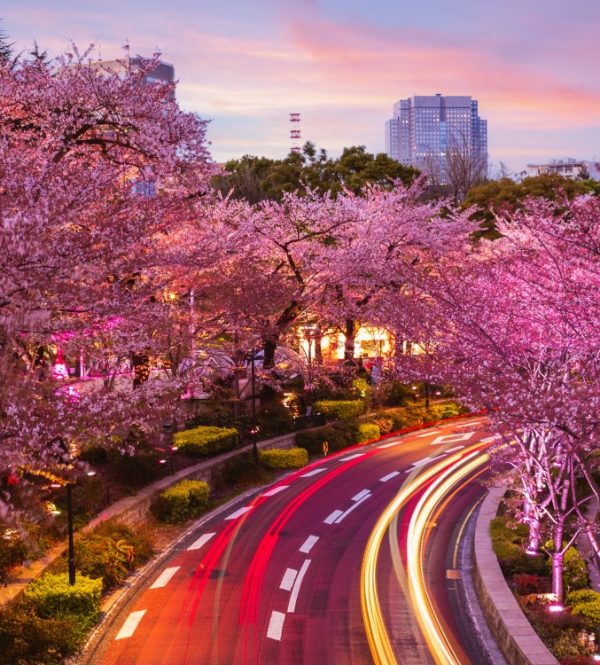
6. Roppongi and Akasaka
Fashionable districts known for dining, nightlife, and daytime sights.
[FURTHER READING]
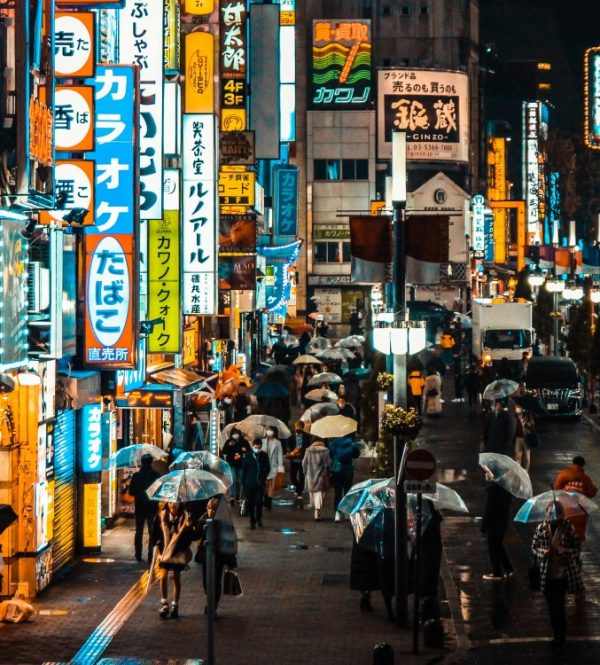
7. Shinjuku
A massive hub with shopping, dining, nightlife, and numerous hotels.
[FURTHER READING]

8. Harajuku and Aoyama
Harajuku boasts Meiji-jingu Shrine, while Aoyama houses the Nezu Museum. [FURTHER READING]
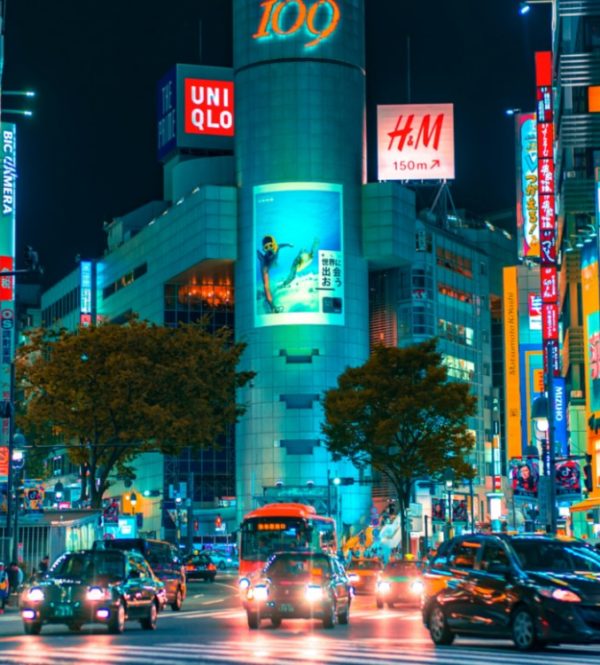
9. Shibuya
A youth-oriented shopping district with vibrant restaurants, bars, and hotels.
[FURTHER READING]
Last updated 3 mins ago
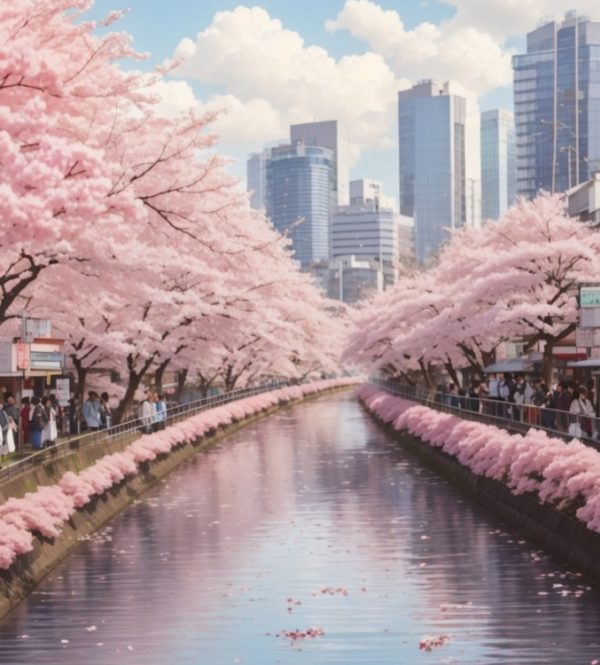
10. Ebisu, Daikanyama, and Meguro
Fashionable areas south of Shibuya with unique sights and great shops.
[FURTHER READING]
Last updated 3 mins ago
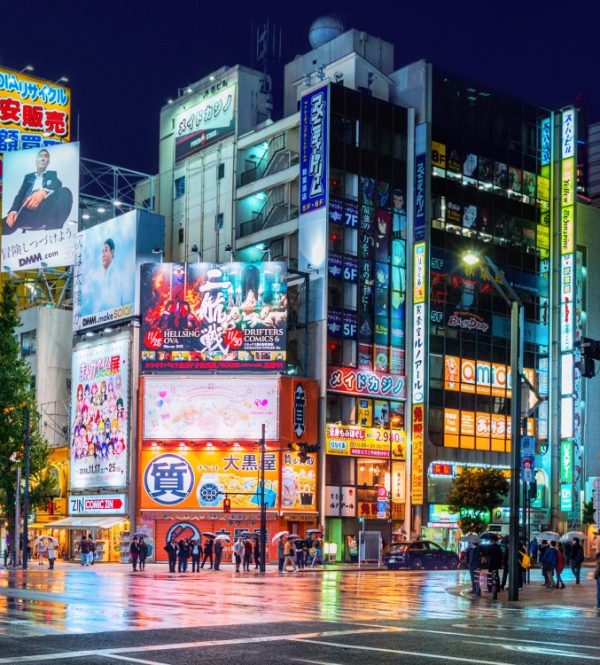
11. Akihabara, Kanda, and Jimbocho
Akihabara is geek central, while Kanda offers dining and bars.
[FURTHER READING]
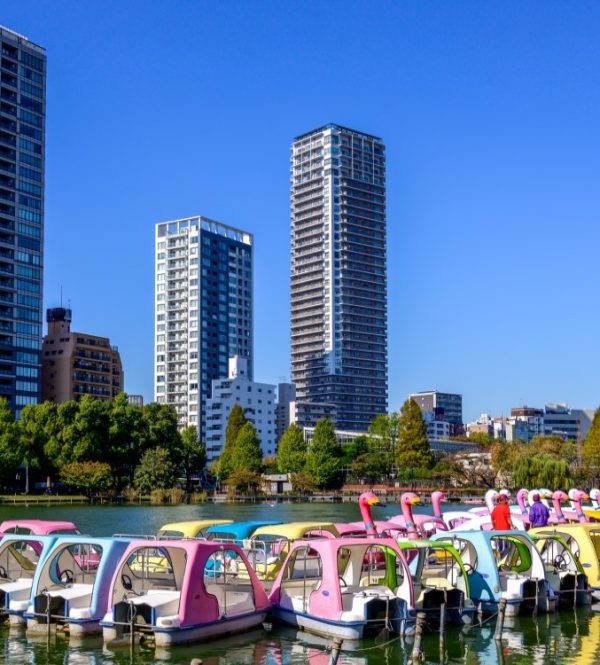
12. Ueno
Home to Ueno-koen Park, museums, a zoo, and budget accommodation.
[FURTHER READING]
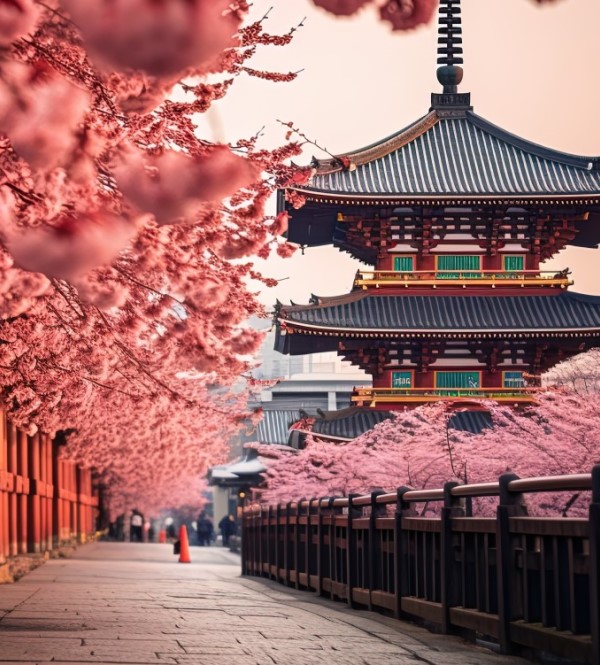
13. Asakusa, Ryogoku, and Skytree
Asakusa features Senso-ji Temple and budget-friendly lodging.
[FURTHER READING]

14. Odaiba
An artificial island in Tokyo Bay with science museums, a giant Ferris wheel, and more⁶.
[FURTHER READING]
Tours through Tokyo and Japan
Navigating Tokyo
Finding your way in this vast city can be exhilarating. Tokyo’s efficient subway and train network is your best friend. Get a Suica or Pasmo card for seamless travel.

| What? | Suica | Pasmo |
|---|---|---|
| What | Suica is a contactless smart card created by **East Japan Railway Company (JR East)**. Originally used only within the JR network (trains and buses), it is now widely accepted for the subway system as well. | Similar to Suica, Pasmo is another IC card used for transportation in Tokyo and other cities. |
| Functionality | Suica serves not only for transportation but also for shopping, using coin lockers, and vending machines. | Pasmo works interchangeably with Suica and is issued by a different company. |
| How to Use Suica | – Tap the card reader at ticket gates, vending machines, etc. – When using it for transportation, tap at the entrance gate, board the train, and tap again at the exit gate. The fare is automatically calculated and deducted. – You can check the remaining balance at the exit gate. |
|
| Where to Get Suica | – **JR stations** and other regions of Japan operated by different companies (look for the “Suica” or “IC” logo). | **Subway stations** and major ticket offices. |
| Note | Suica cannot be used on the Shinkansen (high-speed train). |
Additional Tips
– Due to a worldwide chip shortage, sales of new Suica and Pasmo cards were temporarily suspended in 2023. However, you can still get commuter passes, use mobile Suica/Pasmo, or purchase the Welcome Suica or Pasmo Passport online before your trip¹²⁴.
– If you have an iPhone or Android, you can even turn your phone into a mobile Suica or Pasmo card using apps like Google Pay³.
Remember, having either a Suica or Pasmo card will make your Tokyo adventure smoother and more convenient! 🚆🇯🇵.
Source: Conversation with Bing, 2/28/2024
(1) Is it Better Suica or Pasmo? Here’s What You Need to Know. https://japanhorizon.com/better-suica-or-pasmo/.
(2) Suica vs Pasmo: A handy Guide to Tokyo’s Smart Cards. https://cocotran.com/suica-vs-pasmo/.
(3) IC Cards in Japan: Pasmo vs Suica | Tokyo Cheapo. https://tokyocheapo.com/travel/pasmo-suica-cards-tokyo-travel/.
(4) Turn Your iPhone or Android into a Mobile Suica/PASMO IC Card. https://www.japanlivingguide.com/living-in-japan/transportation/mobile-suica/.
Certainly! Let’s explore the differences between **Suica** and **Pasmo**, two popular contactless smart cards used for transportation in Tokyo:
| What | Suica | Pasmo |
|---|---|---|
| Issuer | Suica is created by **East Japan Railway Company (JR East) | Pasmo is issued by a different company (not JR East). |
| Coverage | Originally used within the JR network (trains and buses), Suica is now widely accepted for the subway system as well | Like Suica, Pasmo works interchangeably with Suica and is used for transportation in Tokyo and other cities. |
| Functionality | – For transportation, shopping, using coin lockers, and vending machines. – It’s a versatile card that simplifies daily transactions. |
– Similar to Suica, Pasmo is a contactless smart card. – It also serves for transportation, shopping, and other services. |
| Where to Get | JR stations a.o. regions of Japan operated by different companies (look for the “Suica” or “IC” logo). | subway stations and major ticket offices. |
| Note | Suica cannot be used on the Shinkansen (high-speed train). |
3. **Additional Tips**:
– Due to a worldwide chip shortage, sales of new Suica and Pasmo cards were temporarily suspended in 2023. However, you can still get commuter passes, use mobile Suica/Pasmo, or purchase the Welcome Suica or Pasmo Passport online before your trip.
– If you have an iPhone or Android, you can even turn your phone into a mobile Suica or Pasmo card using apps like Google Pay.
Choose either Suica or Pasmo based on convenience and availability—they both make navigating Tokyo a breeze! 🚆🇯🇵.
– **Google Maps**: Use Google Maps for real-time directions, including train schedules and walking routes.
– **Landmarks**: Familiarize yourself with major landmarks to orient yourself.
– **Language**: While English signage is improving, learning a few basic Japanese phrases can be helpful.
Best Hotels
For accommodations, consider these top hotels:
– **Mandarin Oriental**: Luxury at its finest.
– **Ryokan Kamogawa**: Experience traditional Japanese hospitality.
– **Hotel Ryumeikan**: A comfortable mid-range option.
– **Hotel Mystays**: Budget-friendly choice.
Things to do in Tokyo, Japan
As for things to do:
– Visit the **Imperial Palace** and its surrounding parks.
– Explore the trendy streets of **Harajuku** and **Shibuya**.
– Dive into pop culture in **Akihabara**.
– Savor sushi at **Tsukiji Fish Market**.
– Take in the cityscape from the **Tokyo Skytree**.
Remember, Tokyo is a city of contrasts—where ancient temples meet futuristic skyscrapers. Enjoy your adventure! 🇯🇵🌸
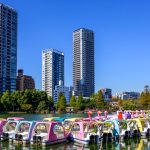
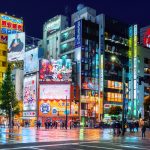
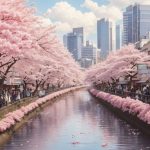
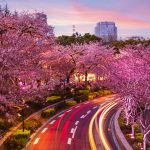
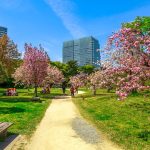
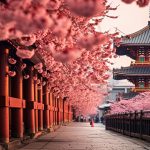
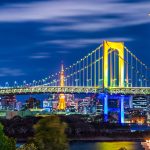
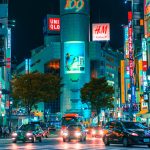
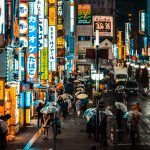



Leave a Reply